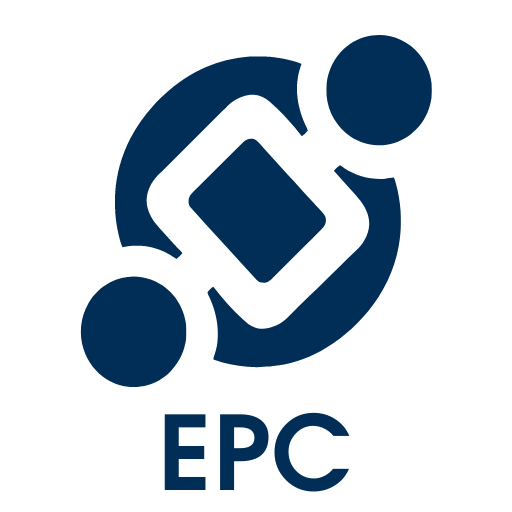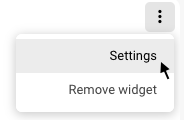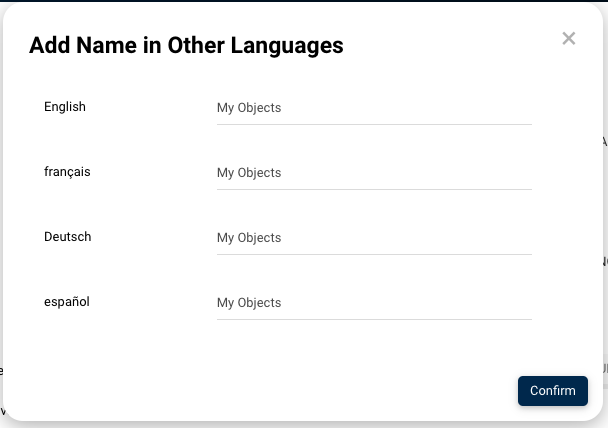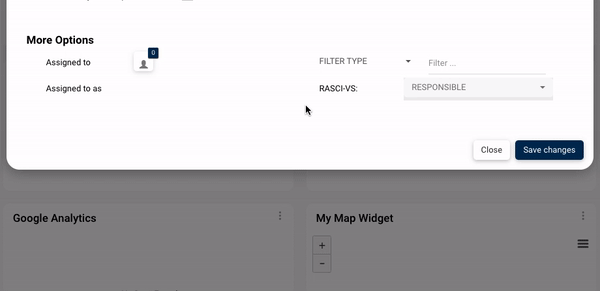The ‘My Performance’ Widget empowers users by featuring a list of company, department, and personal Performance Measures right on the Home Page. This user-friendly tool allows for easy tracking and quick access to critical Performance Measures.
With this Widget, users can effortlessly monitor the performance of their processes and business activities in a customizable, color-coded environment, providing them with up-to-date information.
In this topic, we’ll explore the general functionalities and how to access the customizable settings of this widget.
Functionalities of the Widget
- The widget displays the performance measure’s name, type, status, subtype, value, unit and color representing the current performance (Green – Above Expectations, Yellow – Acceptable, Red – Below Expectations)
- Click on the name to navigate to the object’s details page.
- To move the widget, click and hold it, then drag it to your preferred location in the page.
- To resize the widget, hover over the bottom right corner, click the double-pointed arrow (
), and drag to the desired size.
- To remove any widget from the home page, click on the ellipsis menu and select “Remove widget”
- To access the settings parameters of the widget, select “Settings”
Settings of the Widget
When clicking on the “Settings” option, a pop-up window will be generated.
General

- Name: Customize the name of the widget.
- Globe Icon (
) – Name Translation: Customize the widget name in all supported languages within EPC or your organization. Switching between interface languages will automatically update the widget name.
- Upon clicking the globe icon, a pop-up will appear as shown below. Input the corresponding name translation for each language.
- Upon clicking the globe icon, a pop-up will appear as shown below. Input the corresponding name translation for each language.
- Title color: Select the preferred widget title color using a specific hex code or the color picker.
- Title size (px): Specify the title size in pixels.
- Title icon: Choose the desired adjacent icon from Font Awesome’s V5 version collection. Copy its HTML code and paste it into this text box. Please ensure to remove the extra HTML code at the beginning and the end, keeping only the icon’s name, as shown below.
- Object Sub-type: Users can utilize sub-types as an additional filter to refine their search. This feature allows users to filter for specific object types with assigned sub-types, which can be defined by administrators. Sub-types can be associated with any object in EPC through the object’s properties.
- Categories: Objects can hold multiple assigned categories to meet business needs. Categories act as labels for object classification. Note that one object can have multiple categories. Thus, users can select various object types for efficient filtering.
- Displayed Content: Users can filter the widget based on object status.
- Show Latest: Displays in-progress (draft) and published content.
- Published Only: Displays only published content.
- User Profile Setting: Content display changes based on the user’s chosen mode, whether “Latest” or “Published,” selected through the toggle button. If the user is in “Latest” mode, the widget will reflect the “Show Latest” option. If the user is in “Published” mode, the widget will reflect the “Published Only” option.
- Hide Name: To hide the widget’s name when viewed in the home page, click this checkbox.
My Options
- Indicators: are the core performance evaluation tools in EPC. You can filter KCI (Key Control Indicator), KPI (Key Performance Indicator), and KRI (Key Risk Indicator) that are associated with your user account. If more than one indicator type is selected, the “Object Sub-type” filter will be unavailable.
- Colors: Colors rank indicators based on current performance. Red indicates below expectation, yellow means at expectation, and green represents above expectation. Use the color filter to view indicators according to their current performance.
- Assigned me to as: This enables users to query the specific Performance Indicators assigned to them, allowing them to monitor their various responsibilities and performance criteria.
- RASCI-VS: Use this filter to select your desired RASCI-VS values. The RASCI-VS selection will be locked until a user has selected a role or resource in the “Assigned to me as” section. Once done, they can then apply this filter.
More Options
- Assigned to: Enables users to access objects linked to particular roles, resources, org units, and assets. This offers insight into the connections between different individuals and roles within the organization. Using this filter will extend the scope an individual user can have within the organization.
- Assigned to as: This filter serves as an expansion of the “Assigned to” filter, enabling additional categorization of objects based on the RASCI-VS Matrix. Through this filter, users can access supplementary objects, understand their connections, and grasp the nature of their relationships.
It’s important to note that this filter remains inaccessible until a user has correctly selected an object in the “Assigned to” filter.
Haben Sie noch weitere Fragen?
Visit the Support Portal



 ), and drag to the desired size.
), and drag to the desired size.


